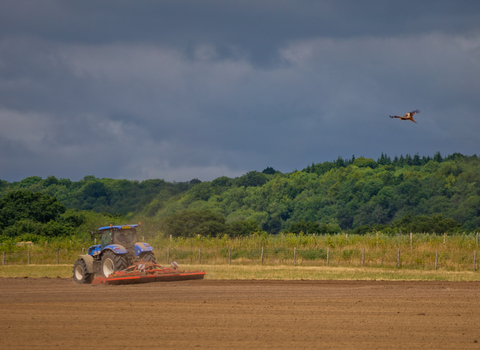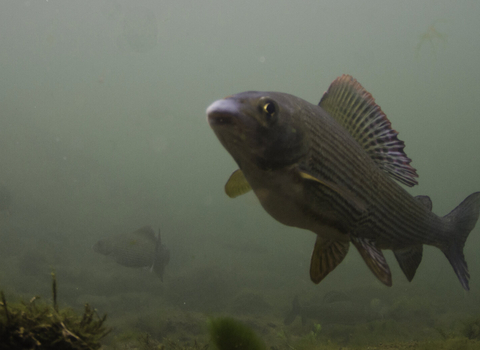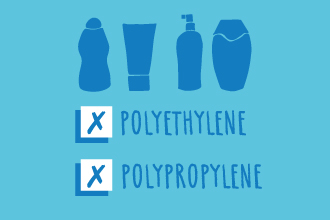Water pollution
Cleaning up our act
Water is the stuff of life. We need to look after it, for our own sake and all other living beings. Unfortunately though, our rivers, streams, lakes and ponds often become polluted. Shropshire Wildlife Trust is working with many people and agencies to restore the health of our waterways.
Contamination takes many forms, from sewage discharges, for example, to atmospheric pollution, which falls to earth in rain. Litter and trash pose a direct threat to aquatic species, either as traps or in the slow release of toxins.
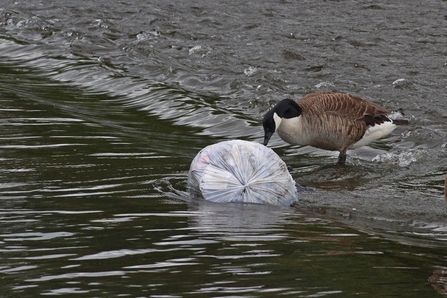
Atmospheric pollution
Atmospheric pollution is composed of tiny particles and chemical, gaseous compounds. Emissions from industry, agriculture, road and air traffic and waste treatment all contribute to the problem. Airborne pollutants blow with the wind over great distances and fall in rain, reducing water quality in upland mountain streams and lowland bogs and affecting whole landscapes.
Diffuse pollution
Agricultural, industrial and domestic chemicals contained in herbicides, pesticides, domestic chemicals and industrial materials cause significant problems in our river systems and present a challenge to water authorities, charged with supplying clean water to our homes.
Road run-off
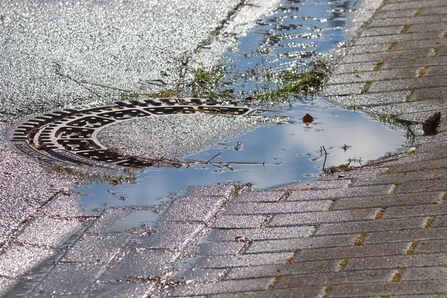
Roads are designed to move floodwater off the tarmac as quickly as possible into the nearest watercourse. This run-off is highly polluting, containing derivatives of oils and diesel, toxic by-products of combustion engines, pulverised tyre rubber, health-injuring heavy metals from electro-plating such as cadmium and degraded plastics. Seasonal salt applications are particularly harmful as the grit used is lethal to aquatic life.
Direct pollution
Polluting substances such as untreated effluent from faulty septic tanks, fluids from tanker spills, pipe breaches, chemicals whether industrial, agricultural or domestic all damage water quality and harm life. Deliberate criminal disposal of chemicals, waste oils and household waste all pose threats to water quality, people and wildlife. Where contamination occurs in still water, such as ponds and lakes, contamination can wipe out all life.
If you spot an incident of suspected water pollution call the EA Hotline (0800 807060).
Combined Sewage Overflow (CSO)
Combined Sewer Overflows (CSOs) are used to provide relief to the sewer system, preventing our homes from flooding. Unfortunately during periods of heavy rainfall, CSOs kick in, discharging untreated sewage into our water courses. To find out more click here

Industrial pollution
Old mine workings, quarry, industrial factory sites and spoil tips have caused catastrophic pollution of rivers and ground water over the years. In Telford iron red discharges are still active, as a consequence of the intensive mining of the East Shropshire coalfield. These ochreous waters are not directly toxic but the iron content will clump and coat the gills of aquatic invertebrates such as burrowing mayfly, reducing their ability to reproduce. Old lead and fluorspar spoil heaps at Snailbeach on the Stiperstones have leached toxic chemicals into local streams including high levels of zinc.
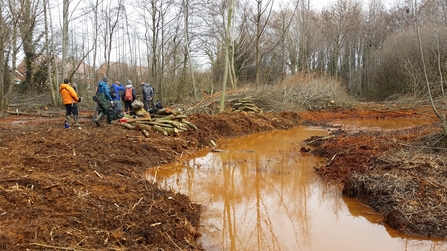
Plastic

Plastic particles have been detected at all levels of the food chain and in all habitats. It breaks down slowly, either into its constituent chemical components or into smaller and smaller pieces. Ingested by aquatic wildlife of all sizes, it can kill or disrupt their lives.

